A nebula is an interstellar cloud of dust, hydrogen, and helium, and other elements. This is where most stars are born.
Key Facts & Summary
- Nebulas' size ranges from millions of miles to hundreds of light-years in diameter.
- Their composition is hydrogen and small quantities of dust particles, helium, and ionized gases.
- The nebula can be a host for other stars to be born due to its composition that makes up the cloud.
- Scientists say that other matter inside nebulae can create planets, moons, maybe even entire solar systems.
- In the past, any cloudy item passed as a nebula.
- In 964, the astronomer Abd al-Rahman al-Sufi saw "a little cloud," which later was classified as the Andromeda Galaxy.
- Some nebulae exist as a result of a supernova explosion. The materials from it are furthermore ionized. One good example is the Crab Nebula in Taurus.
- There is a variety of nebulae, such as Dark, Emission, Planetary, and Reflection types.
- Diffuse nebulae are irregularly shaped and can be bright or dark. The bright ones are shiny and easily visible. They can be seen among spiral arms in our galaxy.
- Reflection Nebulae are the ones that reflect light from the neighboring stars.
- Emission Nebulae is associated with diffuse nebulae.
- Supernovas are nebulae made of gaseous leftovers ejected when the supernova exploded.
- The most known ones are Orion, Horsehead, Crab, and Ring nebulae.
- Some of them are not visible to the naked eye and need infrared or professional cameras to be seen.
- The nearest nebula to Earth is 700 light-years away, and it is called the "Helix Nebula."
- Space telescopes have evolved a lot in the last years, making it easier for scientists to capture and analyze these beautiful interstellar formations.
- Nebula comes from the Latin word "cloud."
- As opposed to clouds, nebulae don't have much mass. A nebula weighs as much as a cat.
Nebulae
Nebulas are very important "clouds" in interstellar space. They can create stars, planets, even entire solar systems. Since we have observed nebulae, we actually ended up realizing that there is more than one galaxy in the Universe.
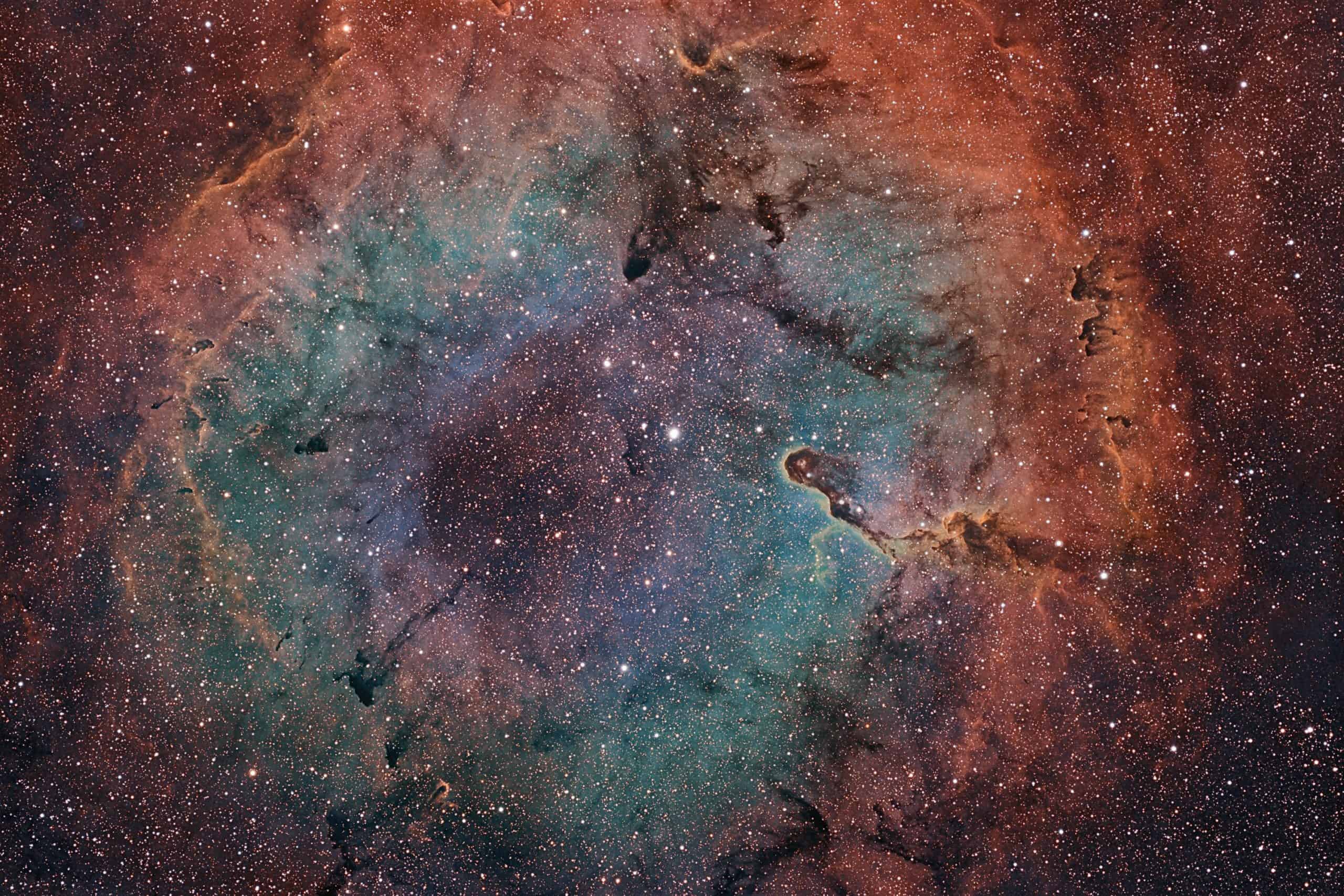
The first discovered galaxy, the Andromeda Galaxy, was first thought to be a nebula. Let's see precisely what a nebula is, how they came to be, and why they are so important.
What is a Nebula?
Nebulae are majestic objects that look like clouds. They are made of hydrogen, helium, interstellar ice, and other gasses. Initially, the label "nebula" was used to describe all of the diffused astronomical objects, even galaxies.
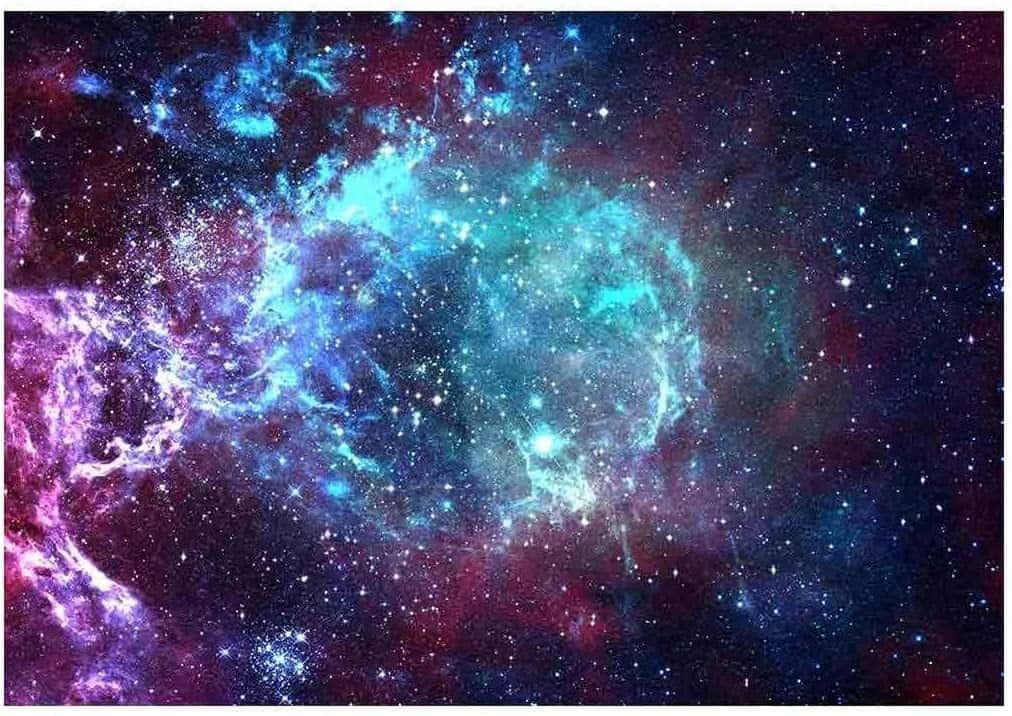
How do the Nebulae Form?
Nebulae are created in the interstellar medium, and they are the result of gasses breakdown. When gas, hydrogen, helium, ions, particles, and electrons particles clump together, they form nebulae.
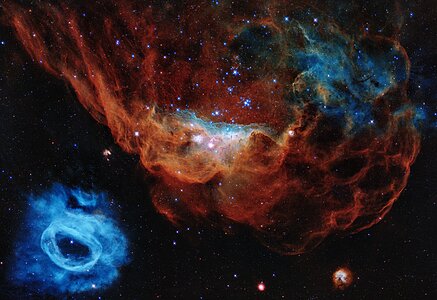
Why are Nebulae Important?
The first mention of the word "nebulae" was made in 964 by the Persian discoverer Abd al-Rahman al-Sufi who noticed "the Andromeda Nebula, " which was later classified as The Andromeda Galaxy.
Nebulae were a thing before the concept of galaxies. The nature of galaxies was acknowledged in the 20th century by Vesto Slipher, Edwin Hubble, and others.
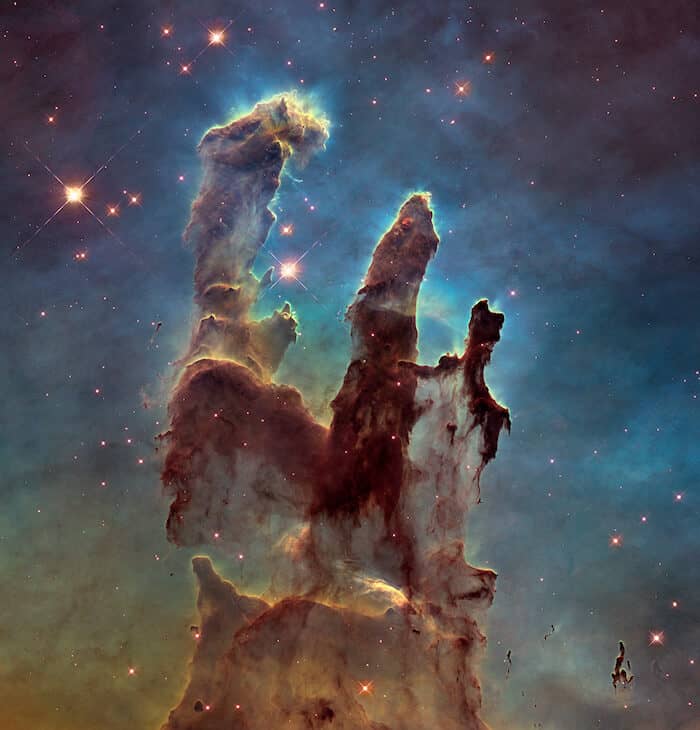
Therefore, nebulae are very important for the branch of astronomy, being a reference point for later discoveries.
Fun Facts About Nebulas
- The almighty Sun was created in a nebula, the solar nebula, and it is believed that in 5 billion years from now, the Sun itself will become a nebula.
-The Orion Nebula is the closest one to the Earth.
- Nebulae are also known as "Stellar Nurseries" because stars are born in them.
- The nebulae outside the Milky Way are referred to as extra-galactic nebulae.
- Diffuse Nebulae are very well outspread and don't have any limits, or so we believe.
- A dark nebula is very dense. Its items seem to be obscured. An example of a dark nebula is the Horsehead Nebula.
Size and Comparison
Nebulas range in size from 1 AU to 10 AU, possibly even more. Nebulae almost lack density. A nebula as big as the Earth would only weigh a few kilograms.

Compared to galaxies, which are large (thousands – hundreds of thousands of light-years across), nebulae are way tinier in size. ( tens to hundreds of light-years across).
Trivia
What is the Biggest Nebula Ever Discovered?
The biggest Nebula ever discovered is the Tarantula Nebula. At first, it was thought to be a star, but later on, in 1751, it got its proper recognition. The Tarantula Nebula has an apparent magnitude of +8, and it is 160,000 light-years away. It is known for its luminosity and colorfulness.
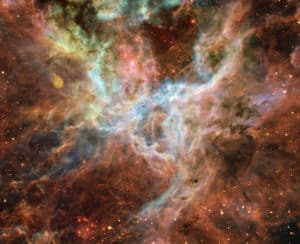
What is the Smallest Nebula?
NGC 7027 is one of the tiniest, shiniest, and weird-looking planetary nebulas. It is approximately 600 years old, which makes it very young. It is located in the constellation of Cygnus, around 3.000 light-years from Earth.
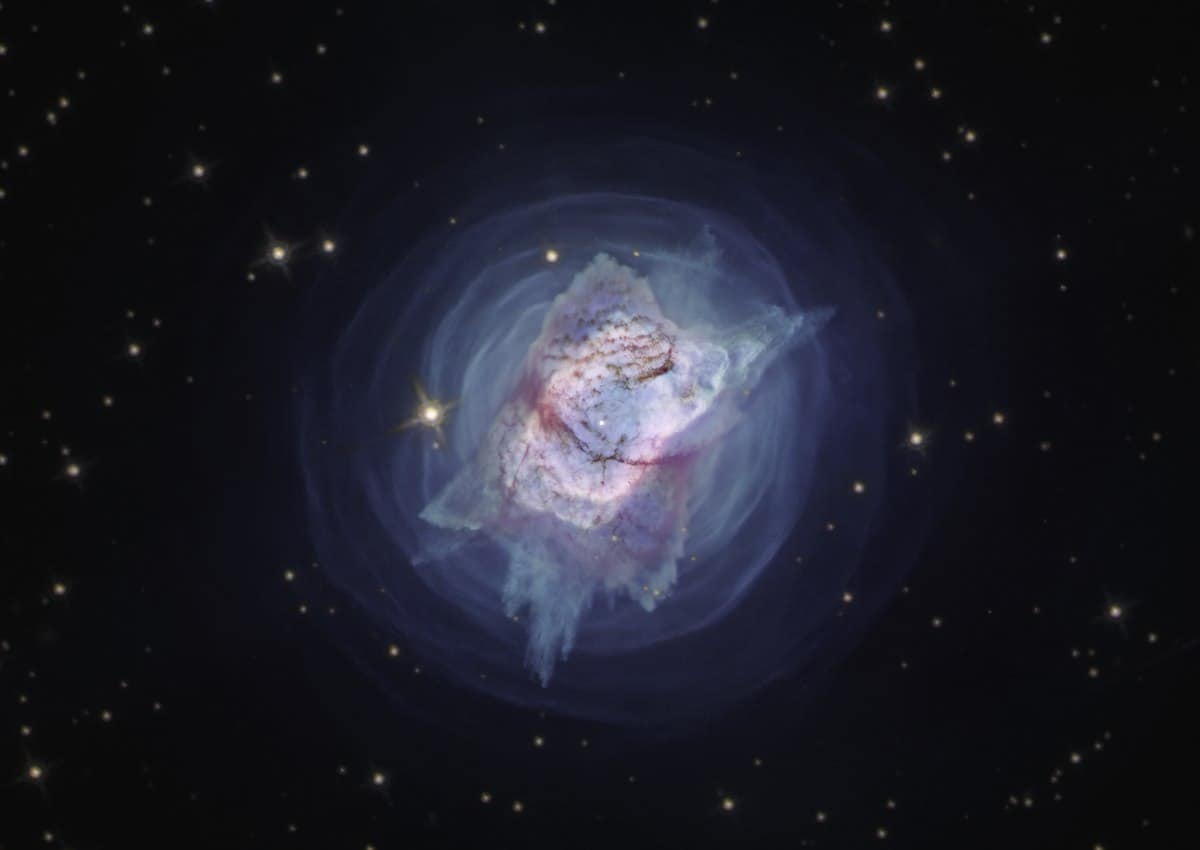
Are we Inside a Nebula?
Our planet is not part of any Nebulae. If we lived inside a nebula, it would be visible every day in the night sky. Also, brighter Auroras would make their presence felt.
The closest nebula to Earth is "Helix Nebula," which is a leftover of a dying star (one similar to the Sun).
What Does a Nebula do?
When a nebula contracts, it flattens into a disk-like shape. The specks collide and form planetesimals. However, nebulae are most famous for "creating" stars.
Are Nebulae Dangerous?
Nebulae are not dangerous. If you were to pass through one, it wouldn't make any difference than traveling elsewhere in space.
Other Characteristics of Nebulas
The colorful Cat's Eye Nebula is a planetary nebula. Planetary nebulae are formed in the wake of white dwarfs. Nebulae can also form as a result of a huge star or white dwarf going supernova. For example, The Crab Nebula was created by a supernova in 1054.
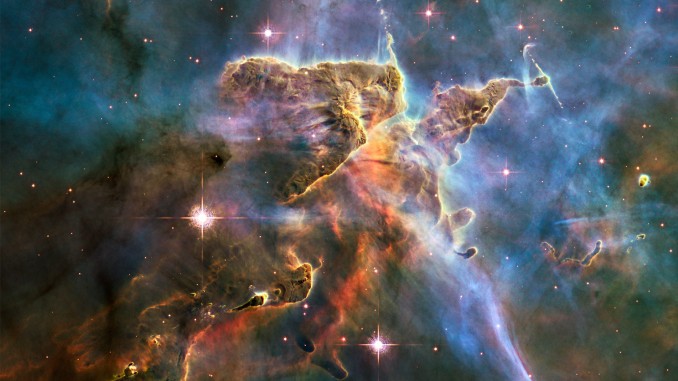
Nebulae can form stars, such as the Crab Pulsar created within the Crab Nebula. The Crab Pulsar is a young, unique spinning star that causes changes in the Crab Nebula.
Nebulae Notes
- Nebulas are made of hydrogen, helium, dust, and plasma
- Planetary systems and stars are made from dust and gas inside nebulae.
- In 1922, astronomers concluded that a lot of nebulae are, in fact, galaxies.
- A reflection nebula is blue due to its inability to reflect light, so it reflects the color of the nearest stars. If there's a reflection nebula, for sure, an emission nebula is nearby.
- Some of the nebulae are named after their shape. For example, "Horsehead Nebula," viewed from Earth, looks like a horse's head.
-"The Hourglass Nebula" is 8.000 light-years away from Earth and has an hourglass shape.
Sources:
Image Sources:
- https://astronomy.com/~/media/404F209A34A04DEC9A9E7B3FE147D2FE.jpg
- https://images-na.ssl-images-amazon.com/images/I/71R0fpwx7zL._AC_SL1100_.jpg
- https://cdn.spacetelescope.org/archives/images/thumb300y/heic2007a.jpg
- https://spaceplace.nasa.gov/nebula/en/nebula1.en.jpg
- https://www.sciencenews.org/wp-content/uploads/2020/09/091720_cs_stellar-winds_feat-1028x579.jpg
- https://cdn.spacetelescope.org/archives/images/screen/heic0416a.jpg
- https://upload.wikimedia.org/wikipedia/commons/thumb/1/18/NGC7027_-_HST_-_Heic2011c.tif/lossy-page1-1200px-NGC7027_-_HST_-_Heic2011c.tif.jpg
- https://www.astronomytrek.com/wp-content/uploads/2014/12/nebula.jpg
